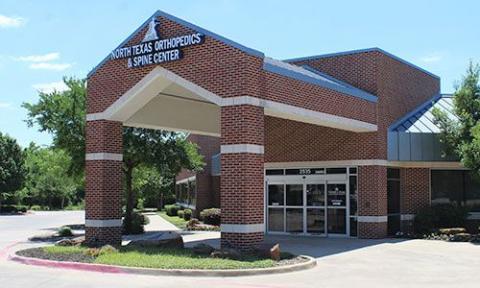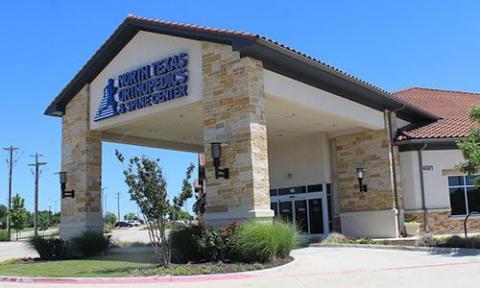A muscle strain of the upper back, specifically a trapezius strain, is a common injury that affects many people, from athletes to those with sedentary lifestyles. This injury occurs when the trapezius muscle, a large muscle group that spans the upper back, shoulders, and neck, is overstretched or torn. These muscles are often referred to as the “traps” and play a crucial role in supporting the head, neck, and upper limbs. In this blog post, we’ll explore what causes trapezius strains, how to recognize the symptoms, and the best treatment options for recovery.

The trapezius is a large, triangular-shaped muscle that extends from the back of the neck and upper spine to the shoulders. It is divided into three parts: the upper, middle, and lower fibers, each of which performs different functions. These muscles are primarily responsible for moving and stabilizing the shoulder blades, supporting neck movement, and aiding in lifting the arms. The traps also help maintain good posture and assist with various upper body movements like shrugging the shoulders, turning the head, and lifting or pulling objects.
When a muscle strain of the upper back occurs, it often involves overstretching or tearing the fibers of the trapezius muscle, leading to pain, discomfort, and reduced mobility.
A trapezius strain typically occurs due to overuse, sudden movements, or poor posture. Here are some of the most common causes:
The symptoms of a muscle strain of the upper back can vary in severity depending on the extent of the injury. Common signs include:
If you suspect a trapezius strain, it’s essential to consult with a healthcare professional for an accurate diagnosis. A physical examination will likely be conducted to assess your range of motion, identify tender spots, and check for any signs of swelling or bruising. In some cases, imaging tests such as X-rays or MRIs may be recommended to rule out other conditions, such as herniated discs or nerve compression, that may cause similar symptoms.
The treatment for a trapezius strain generally depends on the severity of the injury. Here are some common treatment options:
In more severe cases, where the strain is significant or doesn’t respond to conservative treatments, a doctor may recommend corticosteroid injections or, in rare cases, surgery. However, most trapezius strains respond well to nonsurgical treatments and rehabilitation.
While some trapezius strains may be unavoidable, there are steps you can take to reduce your risk of injury:
A muscle strain of the upper back, specifically a trapezius strain, is a common injury that can cause significant discomfort and limit your range of motion. Whether it’s caused by poor posture, overuse, sudden movements, or stress, the good news is that most trapezius strains can be treated with rest, ice, physical therapy, and posture correction. If you experience persistent or severe pain, it’s important to consult a healthcare professional to ensure proper treatment and prevent further injury. By taking the right precautions and addressing any muscle strains promptly, you can help keep your trapezius muscles healthy and functional for years to come.
See why our patients love our physicians, quality of care, and amazing results.
*Based on Independent Market Research


© 2024, North Texas Orthopedics & Spine CENTER. All rights reserved.